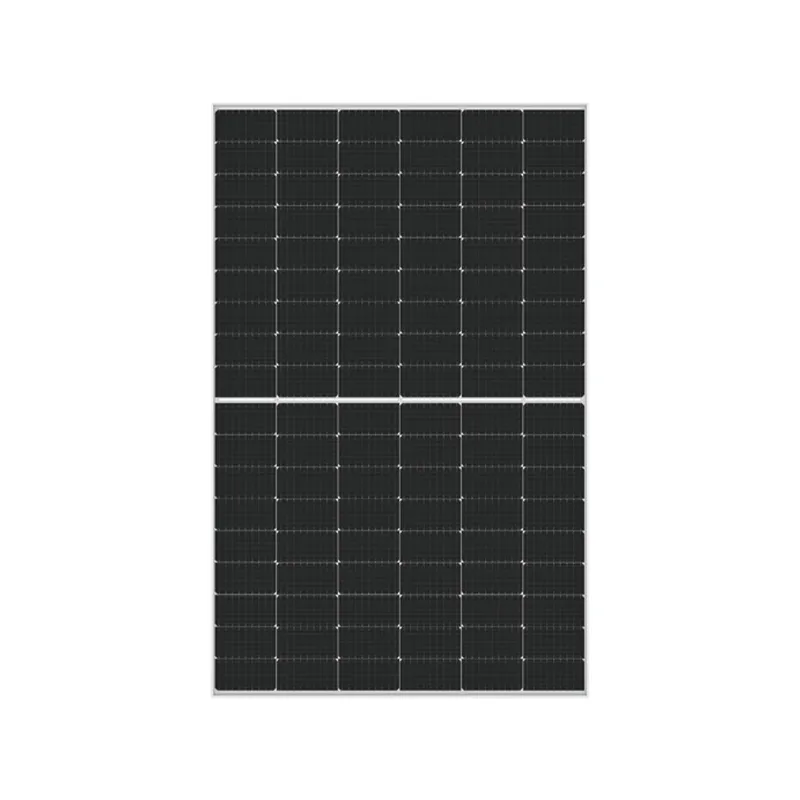hybrid solar inverter manual
A Comprehensive Guide to Hybrid Solar Inverter Operation
As the world shifts towards sustainable energy solutions, hybrid solar inverters have emerged as pivotal components in solar power systems. By understanding their functionality, advantages, and operational guidelines—often detailed in a hybrid solar inverter manual—users can effectively harness solar energy.
What is a Hybrid Solar Inverter?
A hybrid solar inverter is a device that combines features of both grid-tied and off-grid inverters. It allows for the integration of solar panels, batteries, and the electricity grid, ensuring efficient energy management. Unlike traditional inverters that solely convert DC (direct current) generated by solar panels to AC (alternating current) for home use, hybrid inverters add the capability to store excess energy in batteries for later use, thus enhancing energy independence.
Key Features of Hybrid Solar Inverters
1. Energy Storage One of the defining features of hybrid inverters is their ability to store excess energy in batteries. This is particularly beneficial for users in areas with unreliable electricity supply or high utility rates, as it allows for energy use during peak times without relying on the grid.
2. Smart Energy Management Hybrid inverters come equipped with sophisticated energy management systems that optimize the use of stored energy, solar production, and grid electricity. This ensures that users are maximizing their energy savings and reducing reliance on conventional energy sources.
3. Grid Interaction Hybrid solar inverters can work in conjunction with the grid. During times of low solar production, users can draw power from the grid, while still allowing surplus solar energy to be stored, making it a versatile solution for energy management.
4. Monitoring Features Most hybrid inverters feature monitoring systems that allow users to track energy production and consumption in real time. This information is valuable for optimizing usage patterns and understanding energy dynamics within the home.
Installation and Setup
Setting up a hybrid solar inverter involves several steps, commonly outlined in the inverter's manual
hybrid solar inverter manual

1. Choosing the Right Location Ensure that the inverter is installed in a cool, dry place with good ventilation. Avoid direct sunlight or damp areas to prolong the inverter's lifespan.
2. Electrical Connections Follow the manual’s guidelines for connecting solar panels, batteries, and electrical loads. It is crucial to adhere to the specified voltage and current limits to prevent damage.
3. Configuration Once the physical installation is completed, you will need to configure the inverter settings. This may include setting up grid connection parameters, battery management settings, and other custom options based on your energy needs.
4. Testing After installation, conduct a thorough testing procedure as detailed in the manual to ensure all components are functioning correctly. Check for any error codes and resolve them as needed.
Maintenance Tips
To ensure optimal performance and longevity of your hybrid solar inverter, consider the following maintenance tips
- Regular Inspections Periodically check the inverter for any visible signs of damage or wear. Look for any loose connections, and ensure that cooling vents are unobstructed.
- Firmware Updates Keep your inverter’s firmware up to date, as manufacturers often release updates that enhance performance and security.
- Cleaning Dust and dirt can accumulate on the inverter and connected components, hindering their efficiency. Clean the exterior regularly using a dry cloth, and refrain from using water or cleaners that could damage the electronics.
Conclusion
Hybrid solar inverters represent a significant advancement in renewable energy technology, enabling homeowners to harness solar power more efficiently than ever before. Familiarity with the inverter’s features, proper installation, and adherence to maintenance practices outlined in the manual will ensure that users gain the maximum benefit from this green technology. As we continue towards a sustainable energy future, understanding and utilizing hybrid solar inverters will be pivotal in reducing energy costs and environmental impact.
-
String Solar Inverter: The High-Efficiency Solution for Smart Solar EnergyNewsJul.14,2025
-
Revolutionizing Rooftop Energy with the Power of the Micro Solar InverterNewsJul.14,2025
-
Power Independence with Smart Off Grid Solar Inverter SolutionsNewsJul.14,2025
-
On Grid Solar Inverter: Powering the Future with Smart Grid IntegrationNewsJul.14,2025
-
Monocrystalline Solar Panels: High-Efficiency Power for the Future of Clean EnergyNewsJul.14,2025
-
Bifacial Solar Panel: A Smarter Investment for Next-Generation Energy SystemsNewsJul.14,2025







